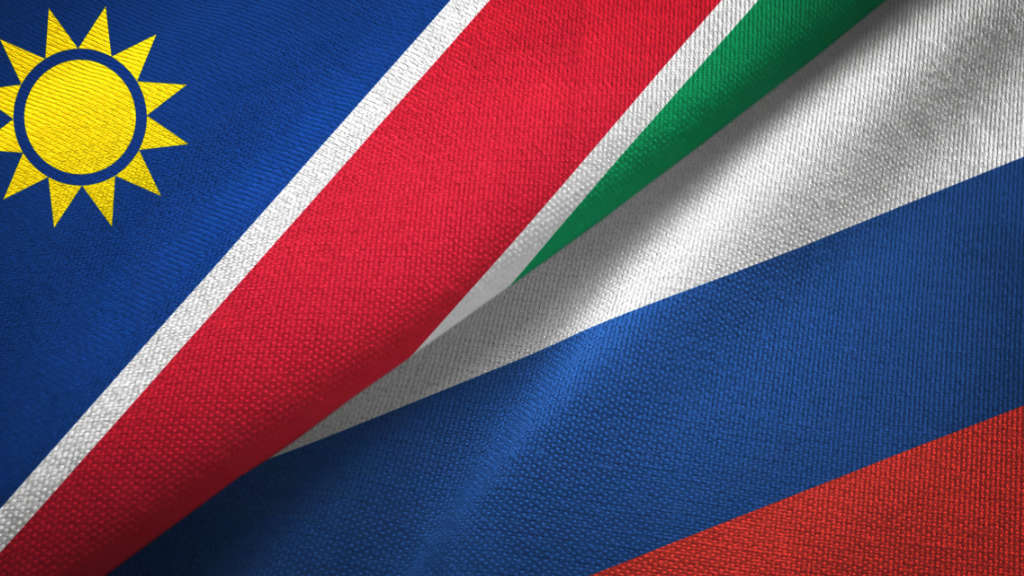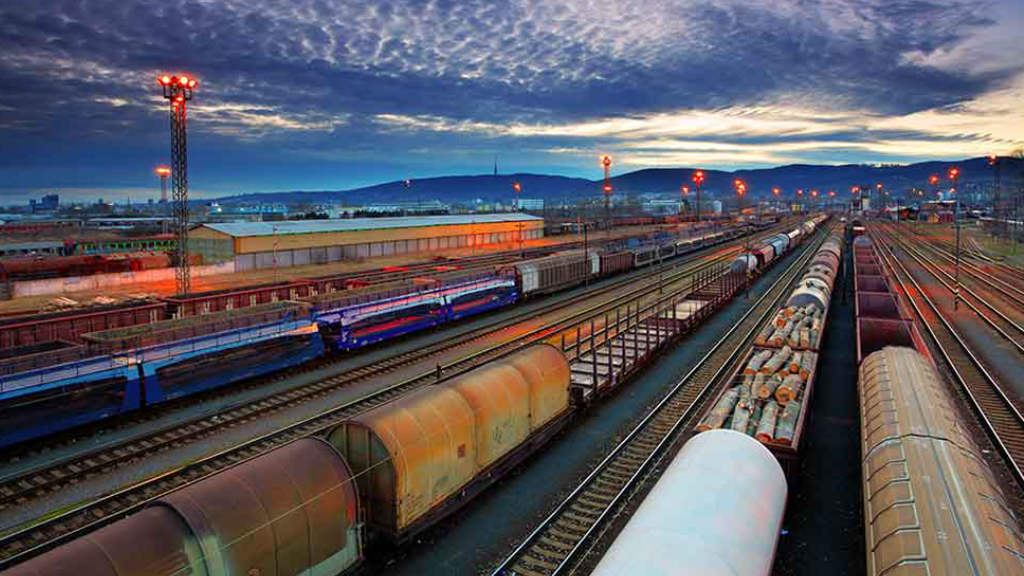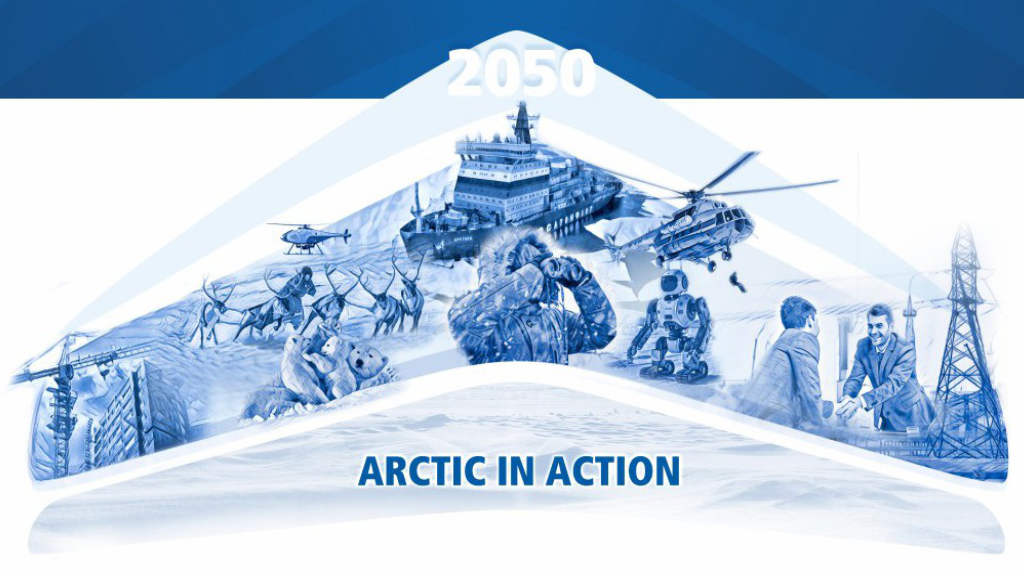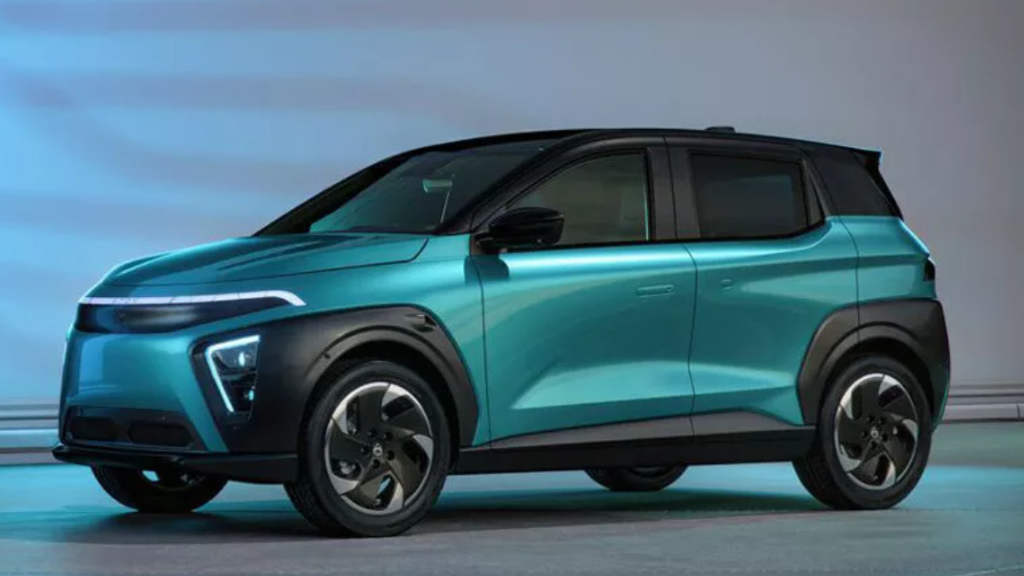The Namibian President, Ndemupelila Netumbo Nandi-Ndaitwah, has been speaking about her country’s path to independence (from colonial Germany and then South Africa) and said that Russia and Namibia have a history “based in true partnership.” It’s a history that’s based in solidarity, and it’s a history that comes with what one did not even expect. It came with blood, I can say that.”
She recalled how the Soviet Union helped Namibia fight for its independence from apartheid South Africa. Now, Nandi-Ndaitwah says, the focus has shifted from political liberation to economic sovereignty—and Namibia continues to count on Russia as a reliable partner.
“Namibia is rich in minerals and energy resources and is seeking to industrialize. But we need technological cooperation. Russia has the technology. We have the resources, but we need technology. So we have to turn to friendly countries where we can make use of our resources to develop our country.”
Bilateral cooperation between Russia and Namibia includes plans and ongoing initiatives in uranium mining, energy, and scientific exchanges.
On shifting geopolitical alignments in Africa, Nandi-Ndaitwah supported the right of African countries to reassess alliances and foreign military presence if they no longer serve national interests. “Every country can assess their own situation and decide on the strategy. If an alliance is no longer serving the purpose, you have to make a strategic move.”
She noted that these shifts reflect deep strategic thinking, especially when development goals are not being met. “You cannot just keep yourself in the same position if you are having the same results,” she added.
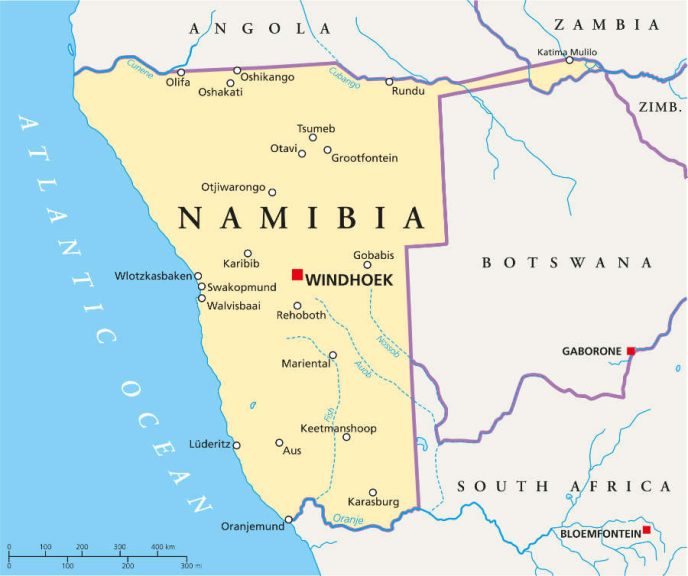
Namibia has a population of about 3 million and a GDP (PPP) of US$30 billion. Namibia’s GDP per capita (PPP) is US$11,000, while GDP growth for 2025 is estimated at 3.9%.
Namibia’s main businesses include agriculture, tourism, fishing, and mining. The primary focus of commercial farming, which is mostly carried out by European settlers, is the production of cattle and sheep for export from Karakul. Although it employs fewer than 10% of the working force, mining is a major economic driver, contributing slightly less than 30% of the GDP. Although mining is dominated by diamonds, uranium oxide, and base metals, gold, natural gas, and oil production (both offshore and in the Etosha basin) are becoming more and more important.
About 30% of the world’s diamond production comes from Namibia, albeit the value of this contribution fluctuates with global prices. The production of uranium is also significant, although the main Tsumeb/Matchless mine complex near Windhoek has trouble accessing new ore formations, and additional mines are required to prevent medium-term output reduction.
Namibia has recently been discussing the possibility of Russian involvement in uranium mining and the potential for developing nuclear power plants in the country. There is also Russian interest in Namibia’s diamond trade—the country is the source of 30% of global gem-quality supplies. Current bilateral trade is estimated to be about US$17 million, mainly consisting of Russian fertilizer exports. However, if the uranium and diamond mining sectors invest, this could rapidly increase.
Further Reading

